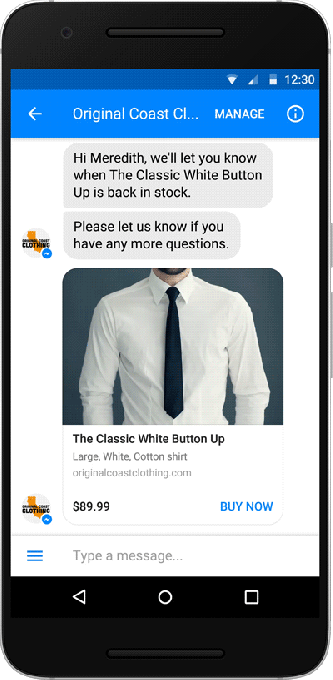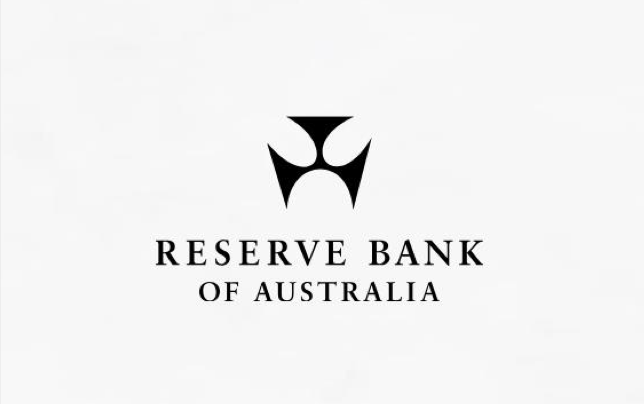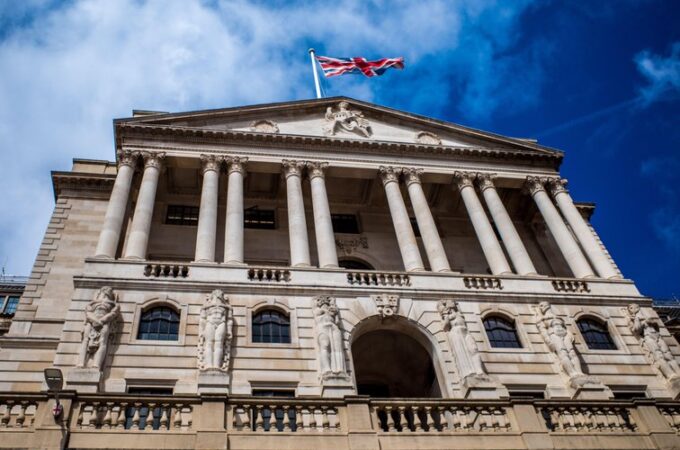Facebook Messenger now allows payments in its 30,000 chat bots
By Josh Constine for Techcrunch.com
Facebook today filled the biggest hole in its chatbot platform. Messenger bots can accept payments natively without sending users to an external website, Facebook’s head of Messenger David Marcus announced today onstage at TechCrunch Disrupt SF 2016.
Finally, the credit card info people already have stored in Facebook or Messenger can be used to instantly make purchases in bots that are part of the new closed beta the developers can apply for. Marcus also revealed that 34,000 devs have joined the platform and built 30,000 bots in the April launch, up from over 10,000 devs in May and11,000 bots in July.
To support payments in Messenger, Marcus says that the company is working with all the major players in the industry including Stripe, PayPal, Braintree, Visa, MasterCard and American Express — not just Stripe and PayPal which the Facebook developer blog post mentioned.
During the talk, Marcus discussed Messenger’s rise to 1 billion users thanks to a forced migration from Facebook’s main app, his relationship with Mark Zuckerberg, and the early stumbles with chatbots that have been used by millions of people across 200 countries.
In an effort to show Facebook’s commitment to its platform for bots, Marcus announced that all types of News Feed ads can point to them and users can share bots they enjoy with their friends. And instead of forcing all bot interactions to happen through text, developers can now build web views into conversations to pull in interfaces from their websites. This way you could scroll a list of flights, consume different types of media, or even play basic games while still in the chat window.
This is all part of the Messenger platform v1.2 that launched today. “Inside a thread you have identity, transaction capabilities, the ability to draw UI, and draw native buttons and interfaces,” Marcus explained. “We’re bring all these types of experiences together.”
 He noted also that the webview could be prefetched to be very fast, which one of many under the hood performance improvements the app has seen in recent months to improve the startup time on mobile, and other latency issues.
He noted also that the webview could be prefetched to be very fast, which one of many under the hood performance improvements the app has seen in recent months to improve the startup time on mobile, and other latency issues.
All these changes will help to make Facebook Messenger bots better live up to the promise of the platform, which Marcus admitted was perhaps a bit undercooked at launch.
“The problem was it got really overhyped, very, very quickly,” he said. “The basic capabilities we provided at the time weren’t good enough to basically replace traditional app interfaces and experiences,” he said.
Because developers weren’t really given enough time or resources to build their bots before the platform went live, many early adopters felt that bots weren’t significantly better (and sometimes were a lot worse), than their mobile web or mobile app counterparts.
Marcus was asked how far ahead of the bot platform launch Facebook gave developers the final details about what functionality would be offered. He responded, “a couple of weeks only”. When asked if that was enough time to build a high-quality bot, he admitted “probably not”.
“It’s not easy,” said Marcus of rolling out a platform like Messenger’s bots. “It takes time. What we wanted to do at F8 is enable all the over 34,000 devs on the platform, whether they’re building capabilities for third-parties or actual experiences,” he said.
While some bots – like those focused on delivering news – have done well, others have needed a lot of work to offering a compelling experience.
But with the addition of webview and payments, something like Hipmunk’s forthcoming travel bot can do things like help travelers find and book airline tickets and hotels, as well as show itineraries right in the Messenger app.
Along with the addition of the new capabilities, developers will also now be given more guidance from Facebook on how to build successful Messenger experiences, Marcus noted.
First appeared at TC




